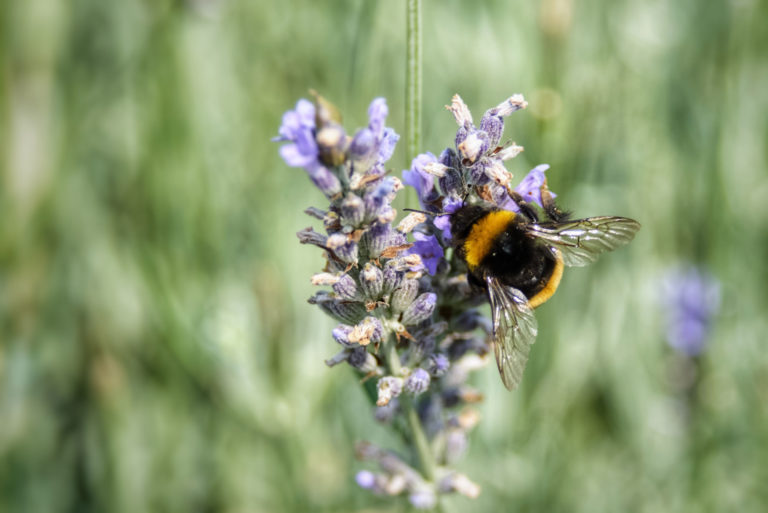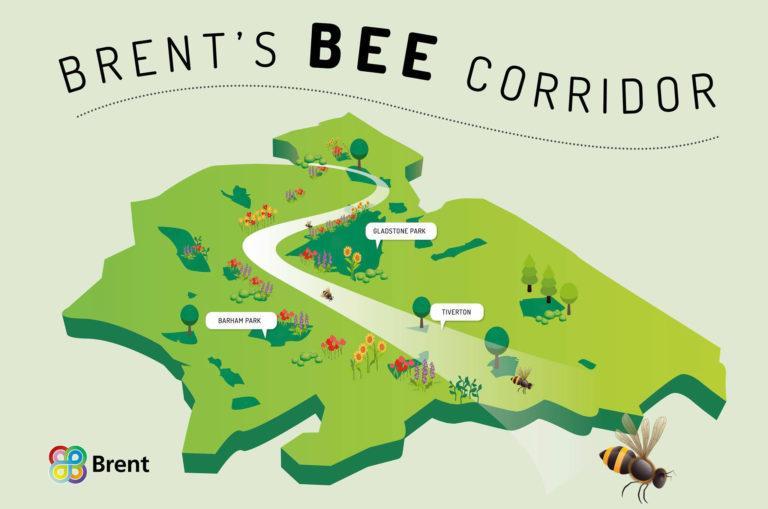Due to rapidly declining bee populations, a London city will be introducing a ‘bee corridor’ of flowers to help attract and save bees.
The ‘corridor’ will be an 11-kilometre pathway in the London borough of Brent situated in the northwest part of the British capital. It will consist of 22 meadows sown in and spread out through other parks and urban green spaces in the borough.
‘Bees and other insects are so important for pollinating the crops that provide the food that we eat. We must do all we can to help them to thrive,’ said Krupa Sheth, the environmental councillor in the borough of Brent.

Image from Unsplash
The bee corridor will be London’s first, and is a response to a recent study detailing the UK’s decline in bee populations since the 1980s. This is a problem that affects the entire world, in fact; global bee populations have declined generally and not only in Britain. This affects our food supply, as plant-derived food sources require insects like bees to pollinate them.
It’s not only bees that’ll benefit from all this flower power. Dragonflies, moths and butterflies will also have a chance to thrive in this environment, and help to pollinate and allow plants to grow. A team has specially curated a selection of wildflowers favoured by bees and other important pollinators for the meadows in the corridor. Seeds for the wildflowers will be sown across some parks, including Gladstone Park, Barham Park and the open Tiverton greens.
This map graphic from the Brent Council illustrates where the bee corridor will be:

Image by Brent Council
You may also like
Related Posts
Jock Safari Lodge has formed an official long term partnership with the Wilderness Foundation Africa...
read more
All activities including hiking, mountain biking and picnics are temporarily suspended on Table Mountain due...
read more
Unlike carnivores that get their sodium from the meat they consume, herbivores have to seek...
read more